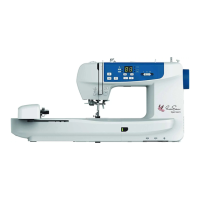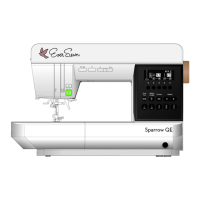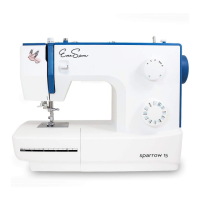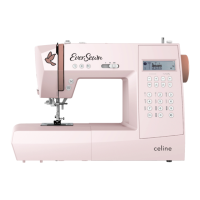Why does the upper thread keep breaking on my EverSewn Sewing Machine?
- AarnoldnancyAug 18, 2025
If the upper thread of your EverSewn Sewing Machine is breaking, there are several potential causes. First, ensure the machine is threaded correctly by rethreading it. If the thread tension is too tight, reduce it by selecting a lower number. Also, check that the thread isn't too thick for the needle; if it is, use a larger needle. Make sure the needle is correctly inserted with the flat side towards the back. Additionally, verify that the thread isn't wound around the spool holder pin; if it is, remove the reel and wind the thread onto it. Finally, inspect the needle for damage and replace it if necessary.






